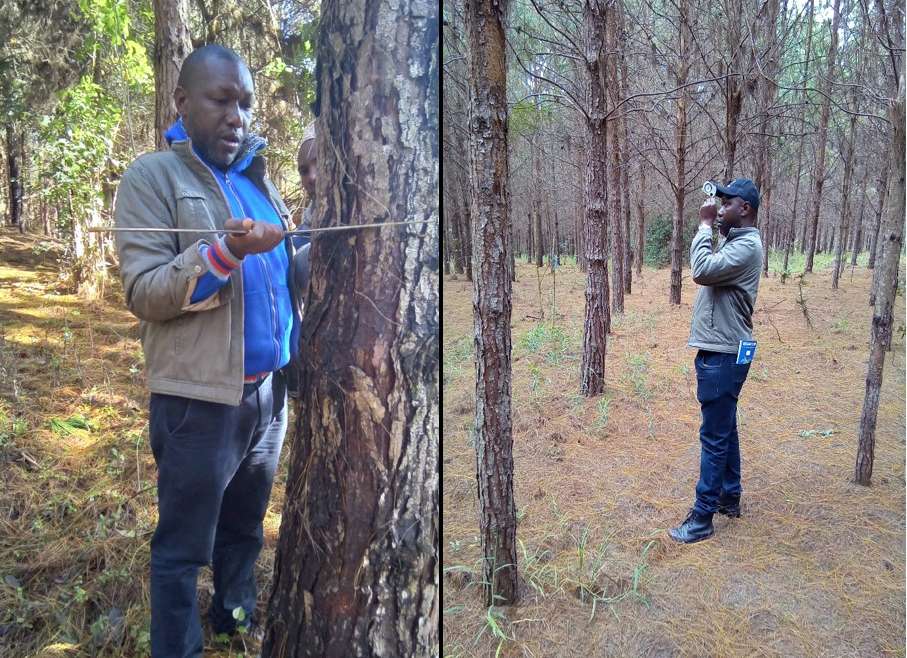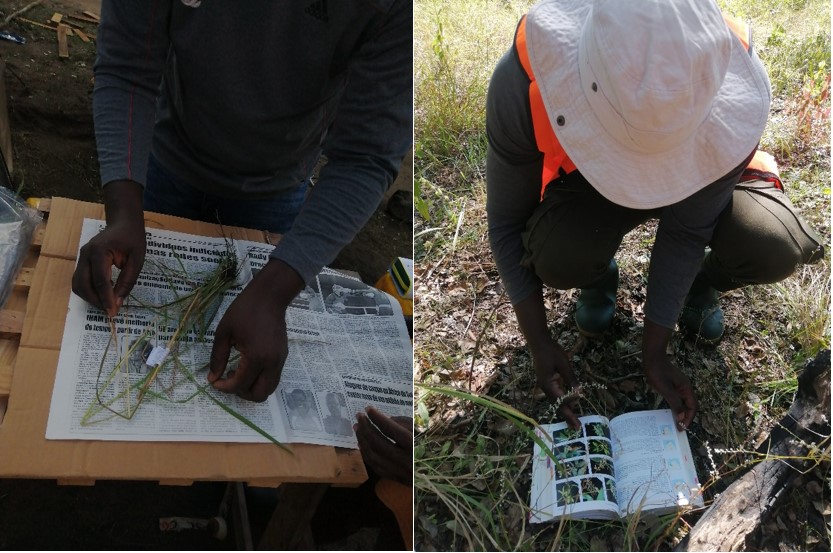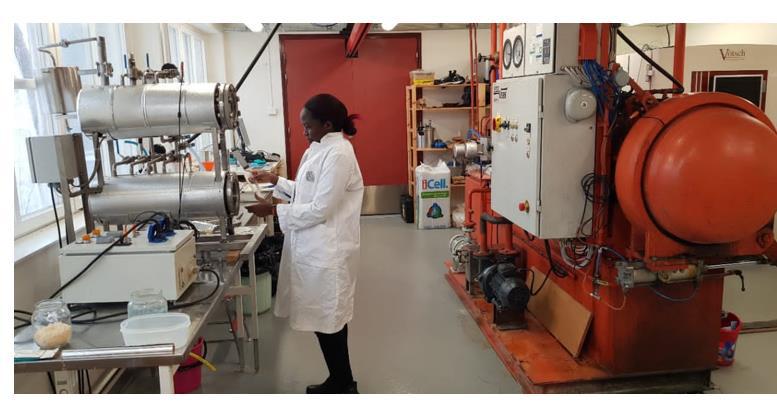BY JOSHUA STANLEY MAGUZU
PhD student under REFOREST Programme at Sokoine University of Agriculture, December 2022
Introduction
Plantation forestry in Tanzania (then Tanganyika) started during the German rule (1891-1914) with the establishment of nursery and field plantation trials. When the British took over the country after World War I, nursery, species/provenance trials and trial plantings using indigenous and exotic tree species were continued. It was also realised that indigenous hardwood species takes longer time to mature, e.g. Olea welwischii compared to exotic species, some have tendency of branching out resulting into poor stem. Therefore, it was decided that fast-growing exotic tree species be planted instead. In the early 1950s, large scale forest plantations based on exotic tree species were established in various parts of the country. The objectives were to ensure sustainable supply of wood products to the forest-based industries, communities, and for export. Currently, a total of 23 state-owned and privately owned industrial plantations have been established. The total gross area of forest plantations increasing from 250 000 ha to 580 360 ha from 2010 to 2021. The most planted tree species are pines which occupy about 78% of the total planted area and the remaining 22% is shared by hardwoods and other softwood species (Eucalypts, teak, cypress). Their growth rate and yield vary considerably depending on site conditions as well as management. Pinus patula as a fast-growing conifer is one of the most important plantation species in eastern and southern Africa planted for timber production, pulp and paper manufacture, particle board and wood-wool manufacture. Due to its importance in the wood market and to meet wood demand, there is a need for studies to investigate the role of soil quality in defining the productivity of forest plantations in Tanzania. Therefore, this study is focused on Sao Hill and Shume Forest Plantations because these are the representative areas for P. patula commercial production areas in Tanzania.
WHAT HAS BEEN ACHIEVED/ACCOMPLISHED
OBJECTIVE I
To determine soil quality using soil quality indices and assign soils to different site quality classes in Sao Hill and Shume Forest Plantations.
i. Soil samples collection
Soil samples were taken from four points covering a quadrant plot of 20 m x 20 m at Shume Forest Plantation (Plate 1). Loose soil samples were collected from the two separate soil depths; topsoil (0 – 20 cm) and subsoil (20 – 40 cm). These layers represent the depth of high availability of soil nutrients. The collected soil samples were packed and labeled at field level (Plate 2). Samples from each quadrant were used to make a composite sample for laboratory soil analyses.
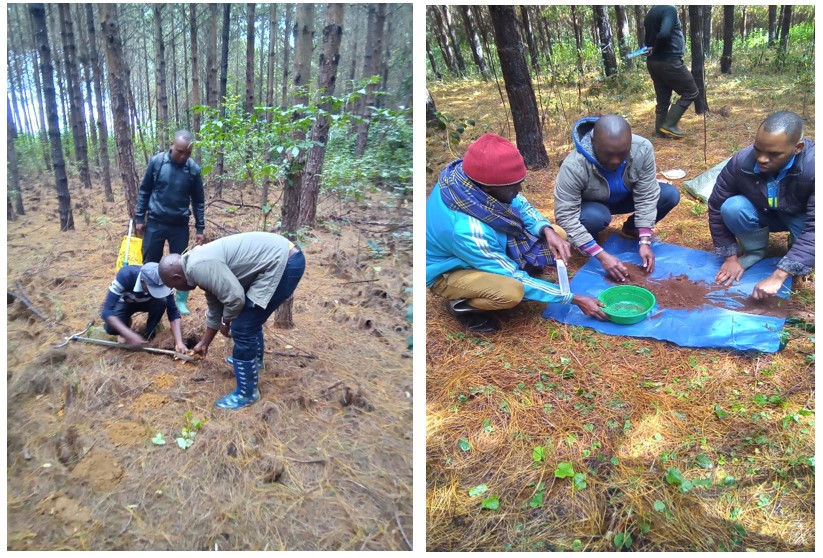
Plate 1: Soil samples collection at Shume Forest Plantation
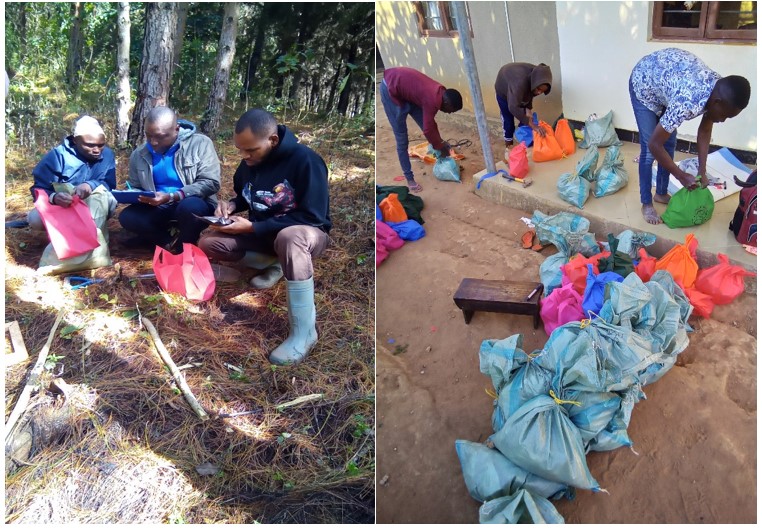
Plate 2: Soil samples packing and labelling at Shume Forest Plantation
ii. Preparation of soil samples in the laboratory
Soil samples were dried, ground and sieved prior to analysis (Plate 3). The grinding and sieving operations were done to ensure a homogeneous mixture for analysis. The dried soil was ground in a mechanical mortar and pestle and passed through a 12-mesh (approximately 2 mm) screen.

Plate 3: Soil samples preparations at TAFORI Lushoto Laboratory
iii. Soil Physicochemical laboratory analysis
The collected samples were analyzed for major physical and chemical soil quality parameter at Sokoine University of Agriculture (SUA) and TAFORI laboratories (Plate 4).
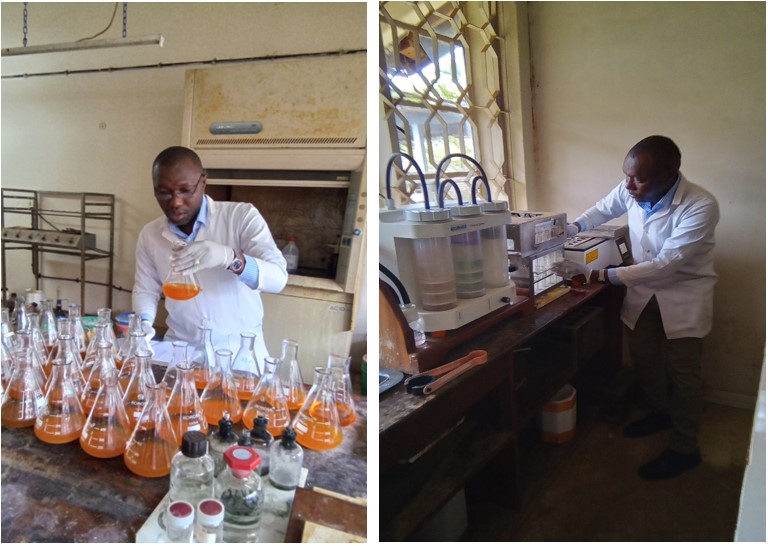
Plate 4: The author doing soil laboratory analysis at SUA
OBJECTIVE II
To quantify productivity of Pinus patula stands in the established site quality classes in Sao Hill and Shume Forest Plantations.
To achieve this study objective, the forest plantation were stratified into different site classes. Forty-eight and twenty-four quadrant sample plots (20 m x 20 m) were randomly laid across the slope positions within site classes in the entire forest plantations of Sao hill and Shume respectively. Variables of interest including height and DBH were measured in each plot (Plate 5). The species volume and productivity-Mean Annual Increment (MAI) per site class were calculated. Data obtained on height and DBH were used in deriving other variables such as Mean DBH, Quadratic Mean Diameter (QMD), stand density, basal area and Mean tree height. This study focused on MAI as a forest productivity variable of interest.
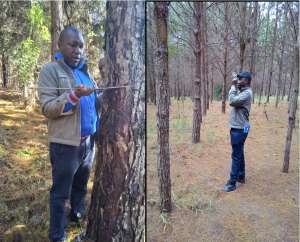
Plate 5: PhD Reforest Student Measuring Tree DBH and Height
Conclusion
My research will generate information that will be used as a reference for ranking forest soil productivity potentials based on soil quality indexes and serve as an operational tool for soil management options; hence improving productivity in forest plantations. The findings generated will also have potential to be integrated into national and international applicable assessment framework of the soil’s forest productivity function.


